Table of Contents
- How does a tire pressure monitoring system work?
- What does the Tire Pressure Monitoring System symbol look like?
- Why do vehicles have TPMS?
- Why is a TPMS an important part of a tire management program?
- Ford Explorer vs. Firestone tires
- Dangers of ignoring your TPMS sensor
- Direct TPMS
- Indirect TPMS
- Frequently Asked Questions
A Tire Pressure Monitoring System is an essential piece of safety equipment that lets you know when your tires need air or have too much air. Before tire pressure monitoring systems, under-inflated tires were the cause of, or at least contributed to, many accidents around the world. Sadly, many drivers today still drive with chronically under-inflated tires. Luckily, most vehicles come equipped with a system that monitors your tire pressure for you: the tire pressure monitoring system, or TPMS for short. Read on to discover all about this important safety feature for your vehicle’s tire pressure.
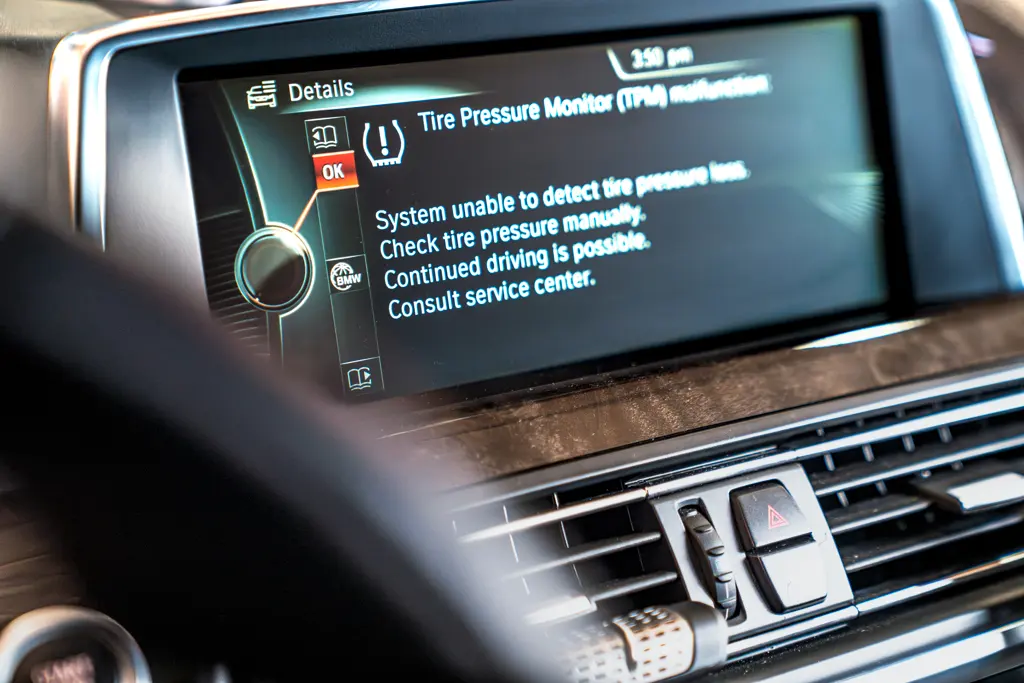
How does a tire pressure monitoring system work?
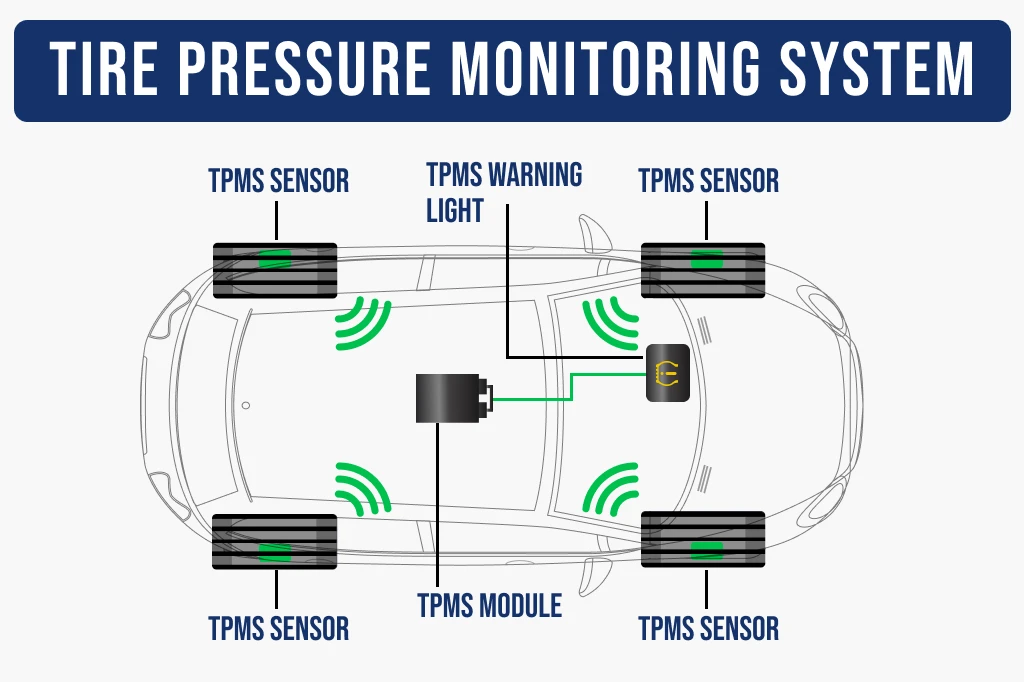
Tire pressure monitoring systems do exactly that: monitor your vehicle’s tire pressure. When one or more tires have low air pressure, your TPMS sensors will light up an icon on your dashboard.
If you’re like me, you might have seen the TPMS warning light on for months and not know what it was (to me, it looked like a little cauldron boiling an exclamation point, complete with flames on the bottom). But don’t worry, you’re not alone, and you’ve come to the right place to learn all about tire pressure and tire pressure monitoring systems.
What does the Tire Pressure Monitoring System symbol look like?
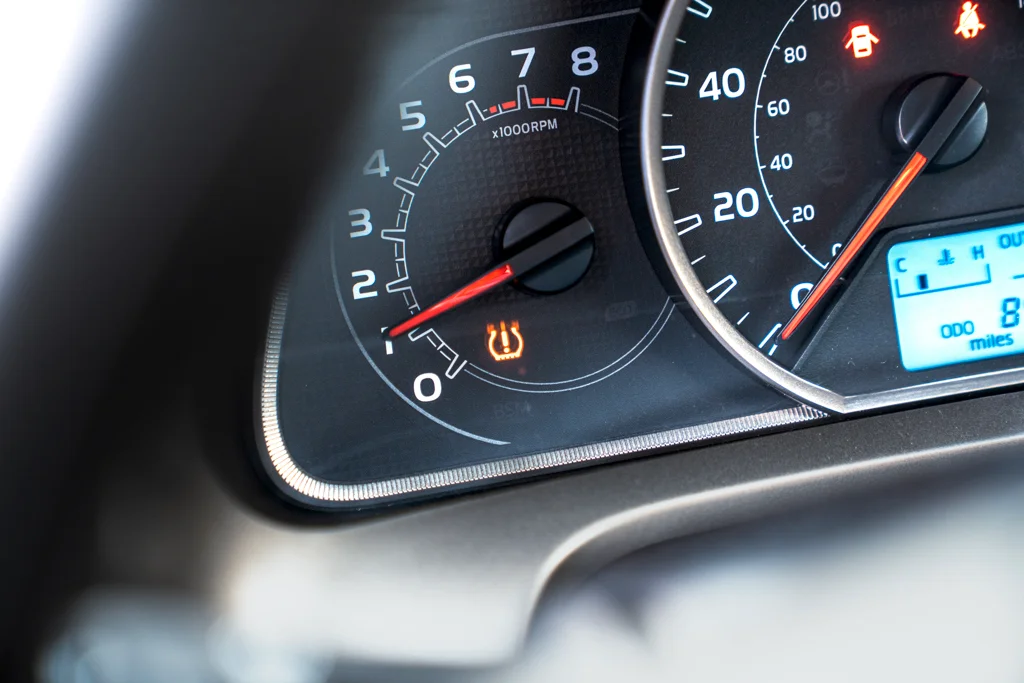
You’ve probably seen it without knowing it. Despite my active imagination, I can now see the symbol clearly: it is a cross-section of a tire with low tire pressure so that it is sagging a bit at the bottom, with an exclamation point in the middle.
Why do vehicles have TPMS?
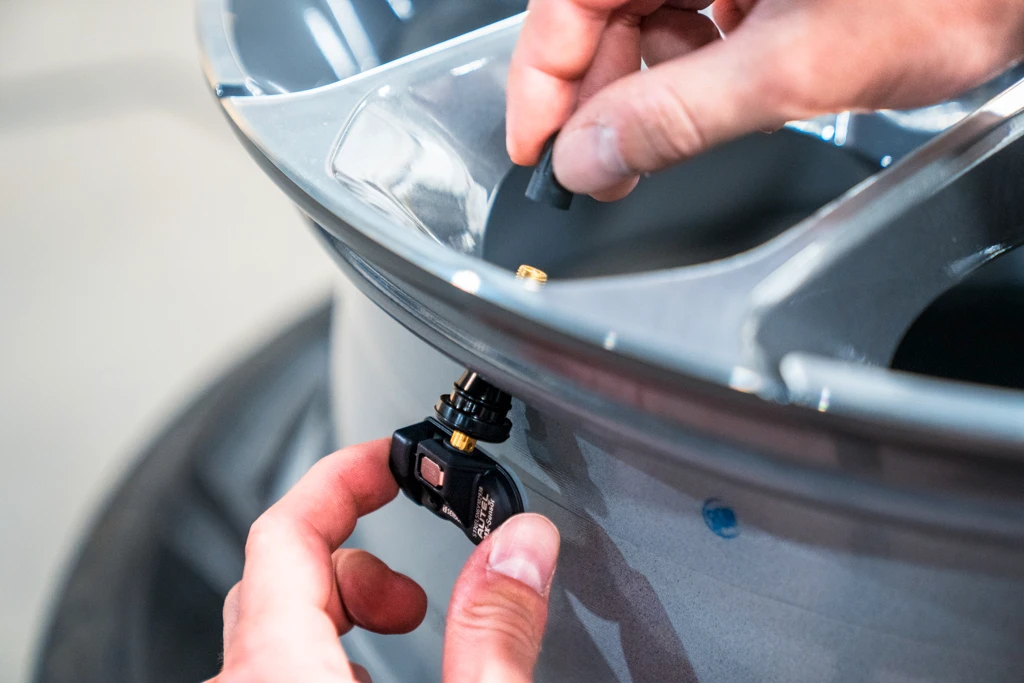
Tire pressure sensors were introduced to improve safety, as low air pressure was found to be a major cause of accidents. In the year 2000, the US Congress passed the Transportation Recall, Enhancement, Accountability, and Documentation Act (cleverly known as the TREAD Act) to increase the safety of all new cars.
Thanks to the TREAD Act, the vast majority of cars in the United States are now equipped with a tire pressure monitoring system. This system helps car owners maintain proper tire pressure by alerting them when they have under-inflated tires.
Properly inflated tires improve handling, responsiveness, and braking distance, as well as fuel economy, and can even offer extended tire life.
Why is a TPMS an important part of a tire management program?
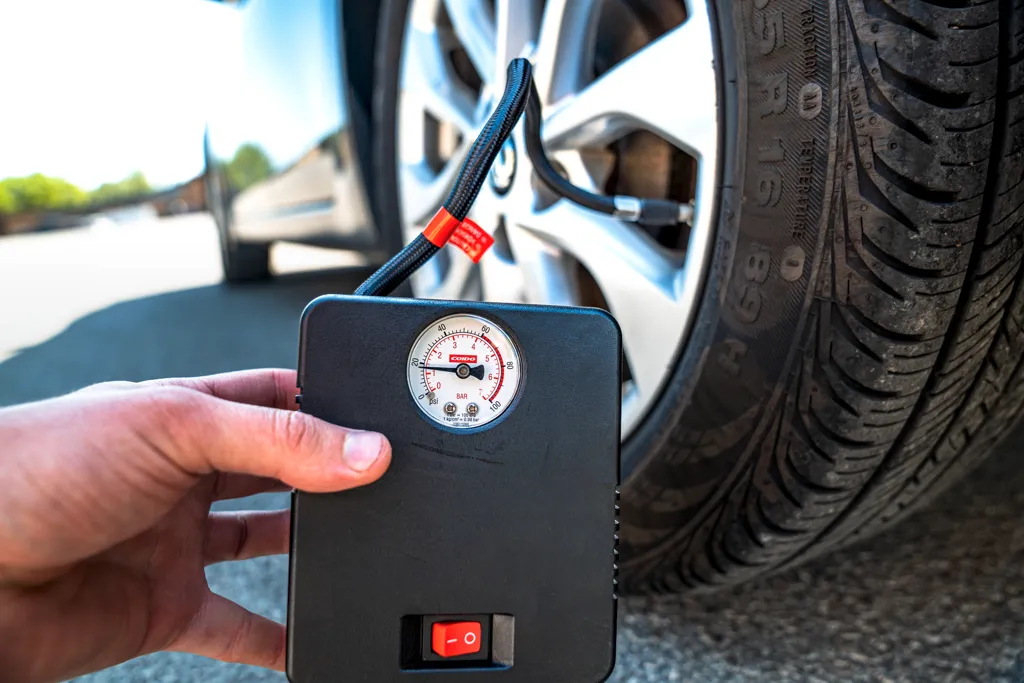
Maintaining your tire’s pressure to the correct levels is an important part of proper tire maintenance. Prior to TPMS sensors, the only way to determine your air pressure was to check with a tire pressure gauge.
Although this is not all that tedious, it is a job most people skipped in favor of the ridiculously subject “sight test.” The sight test is where a person will look at their tires to see if their tire air pressure is low.
The problem with this is that air pressure might be low even though it doesn’t appear to be. If you look at your tires regularly, noticing subtle shifts in your tire pressure might be hard. It’s also possible that your tires could be overinflated, which is harder to judge by eye.
Ford Explorer vs. Firestone tires

During the 1990s, there were a shocking amount of accidents, and ultimately deaths, with Ford’s new model, the Explorer. Prior to this, Ford and Firestone had a strong partnership, and many Fords came equipped with Firestone tires.
When Ford discovered that its new baby, the Explorer, was prone to rolling over, the manufacturer attempted to lower the center of balance in several ways. One of the ways was to lower the recommended tire pressure from 35 psi to 26 psi. That’s a pretty serious cut.
This low tire pressure resulted in increased tire failure as the tires were chronically under-inflated. Ford blamed Firestone, while Firestone blamed Ford, and the resulting legal battle is what ultimately led to the “Tread Act.”
Dangers of ignoring your TPMS sensor
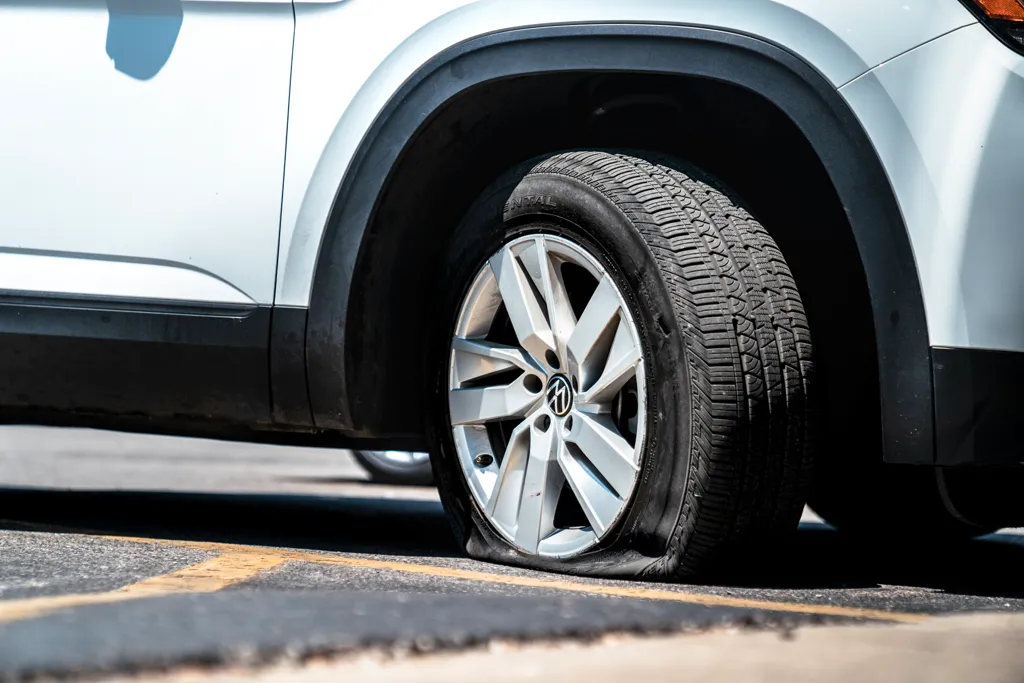
If you ignore or don’t notice your TPMS warning light, this can be a serious safety issue. Low air pressure can result in poor fuel economy, a flat tire, tread separation, damaged sidewalls, as well as poor handling and braking distance.
At the very least, you will experience uneven tire wear, and your tires will need to be replaced sooner.
Direct TPMS
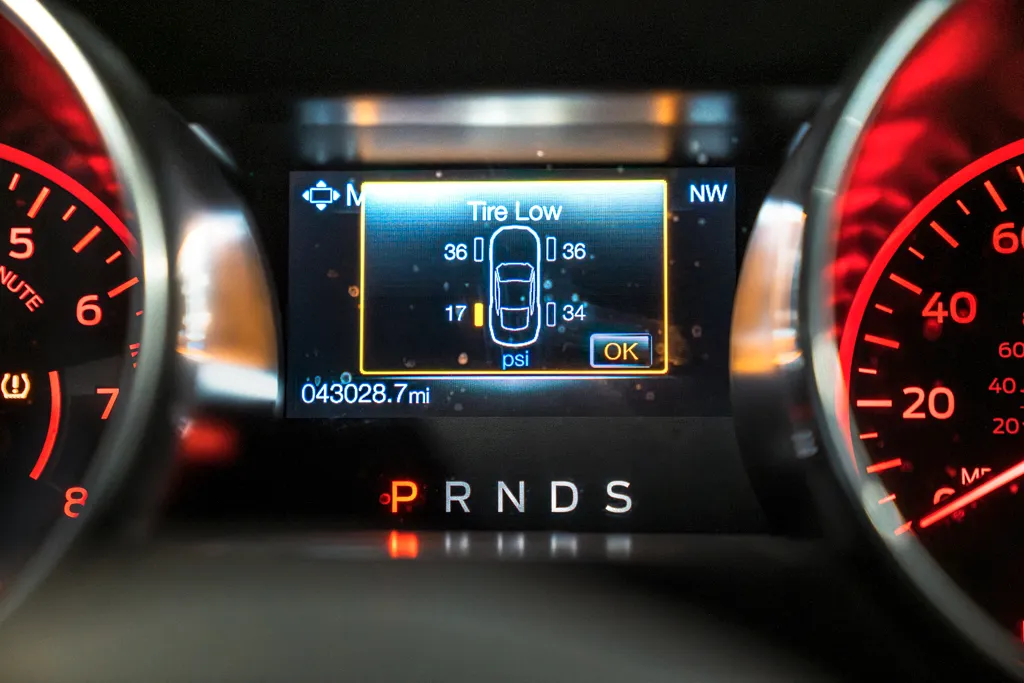
The first type of tire pressure monitoring system is direct TPMS. In this type of system, a device (located inside the valve stem) monitors the actual air pressure inside your tire. It even takes into consideration such as temperature (which can greatly affect your tire’s pressure). The system sends a signal to your vehicle’s internal computer where it compares the tire pressure between all four wheels. If a tire’s pressure is low, the TPMS light on your dashboard will light up.
Advantages of Direct TPMS
- Reads the actual tire pressure
- Easy to recalibrate after replacing tires, tire rotation, tire alignment, etc
Disadvantages of Direct TPMS
- If the sensor battery dies, a whole new sensor will need to be installed
- More expensive than an indirect TPMS
Indirect TPMS
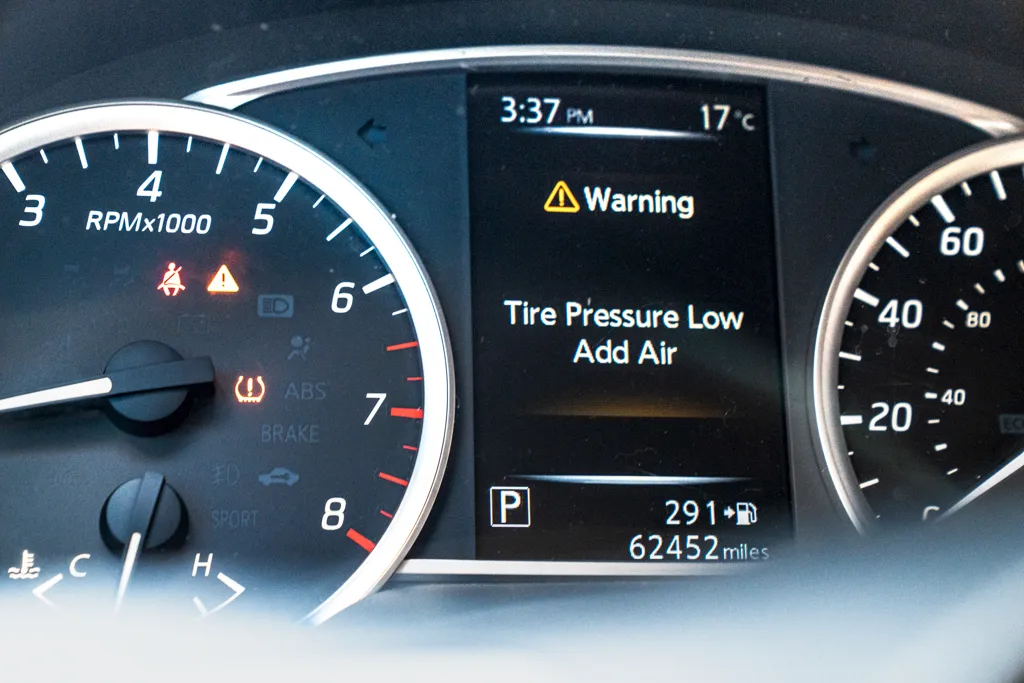
The second main tire pressure monitoring system type is called an indirect TPMS. Unlike its causing, direct TPMS, the indirect TPMS monitors tire pressure through wheel speed sensors and anti-lock braking systems.
As a tire loses air pressure, it must spin a little bit faster to keep up with the other tires. An indirect TPMS monitors this speed and can detect when one or more wheels are not spinning at quite the same speed as the others.
The anti-lock braking system (or ABS) measures the diameter of each tire and can therefore detect when one diameter is smaller than the others. This smaller diameter is an indicator of low air pressure.
Advantages of indirect TPMS
- Tends to be cheaper than a direct TPMS
Disadvantages of indirect TPMS
- Makes a comparison between all four tires, so if all four tires are under or over-inflated by the same amount, it will not report a problem
- Can not tell the difference between a tire pressure problem and two different wheels
- Must be reset after properly inflating tires or some other kind of tire service.
Frequently Asked Questions
How do I know what my tire pressure should be?
You can learn the air pressure in your tires by checking the owner’s manual or sometimes on the door jamb of the driver’s side. When in doubt, you can check on www.wheel-size.com and use their database. Look for the letters PSI (pounds per square inch) and the number preceding it, this is the proper tire pressure for your tire.
Is my vehicle equipped with a Tire Pressure Monitoring System?
Since 2007, most cars sold in the United States have been equipped with a TPMS. However, this only applies to vehicles considered “light motor vehicles,” which are vehicles under 10,000 lbs. So if you drive an 18-wheeler to work daily, it may not be equipped with a TPMS, sorry.
Does my spare tire have a TPMS sensor?
Possibly. Most donuts or temporary spare tires do not come with a TPMS, but a standard-sized spare tire may or may not. Check your owner’s manual to make sure.









